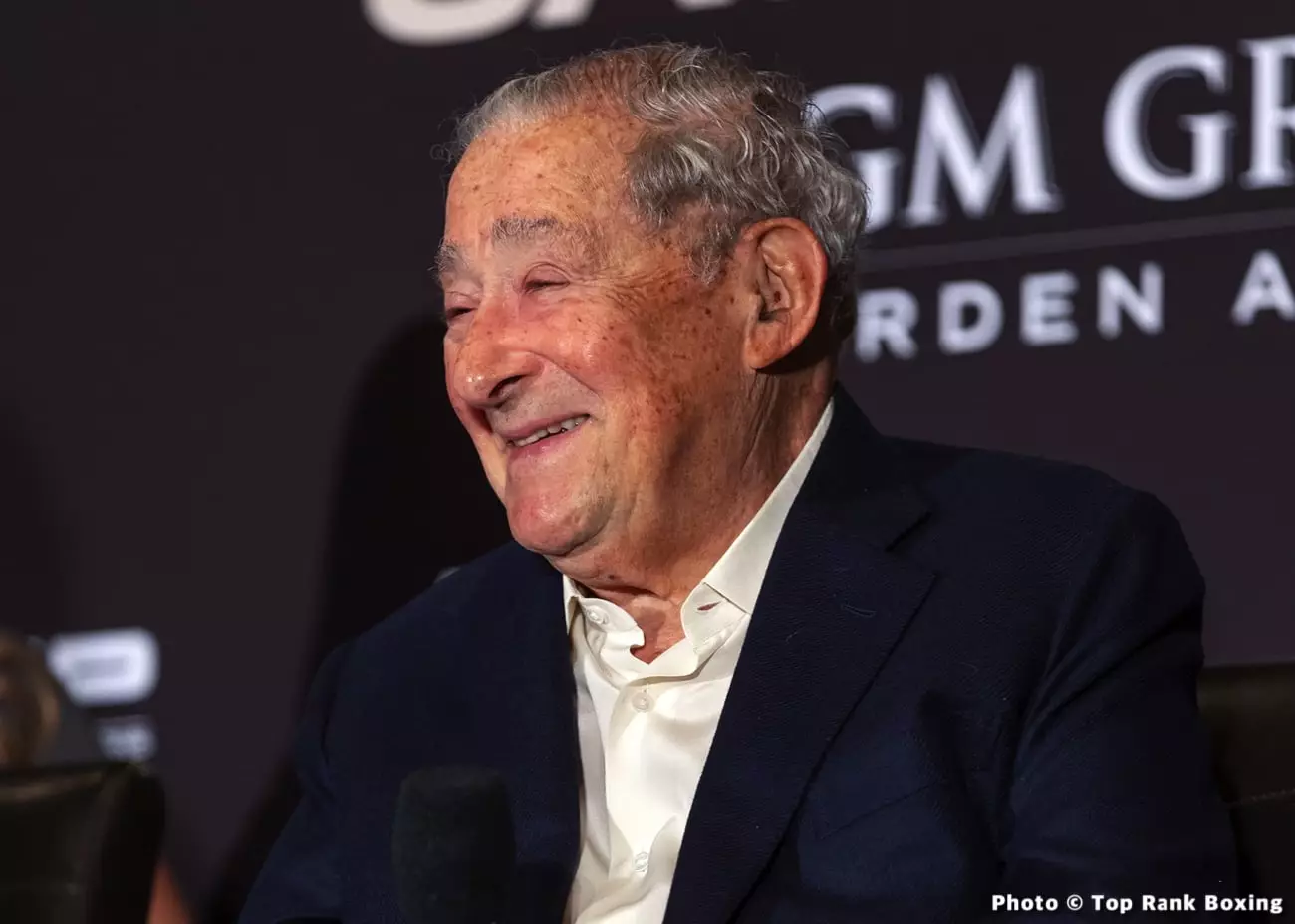In the dynamic world of boxing, Terence Crawford has emerged as one of the most dominant figures today, challenging perceptions and pushing boundaries within this high-stakes sport. As discussions swirl around a possible showdown with super middleweight champion Canelo Alvarez, the anticipation among fans and analysts alike is palpable. Crawford, celebrated for his versatility and tactical prowess, stands on the cusp of not only a monumental fight but also a historic point in his burgeoning legacy.
The enigma that is Terence Crawford cannot be overstated, particularly when considering the weight of his potential face-off with Canelo Alvarez. Both fighters command significant respect within their divisions, yet it is Crawford’s ability to seamlessly switch stances that elevates him above many contemporaries. Unlike traditional fighters who may rely heavily on a single fighting style, Crawford’s ambidextrous skill set provides an uncanny advantage. This often leaves opponents grappling with unexpected angles and techniques, reminiscent of how Floyd Mayweather dissected Canelo a few years back.
Mayweather, often regarded as the gold standard of boxing excellence, set a precedent by outboxing Canelo in a notable match that remains a cornerstone of their respective careers. Bob Arum, a venerable figure within the boxing community who has laid the groundwork for many prominent fighters, including Mayweather and Crawford, suggests that the latter could have delivered a similar outcome had he fought the former. In discussing this hypothetical bout, Arum highlights Crawford’s unique adaptability, arguing that his ambidextrous approach might give him an edge against Mayweather.
However, such discussions always spark debate among fans. The concept of “Dream Fights” is intoxicating yet inherently speculative. While comparisons between Mayweather and Crawford are enticing, it’s crucial to distill the reality of their respective legacies. Both fighters possess exceptional technical skills and elite conditioning that would likely result in a masterclass match. Yet, while weighing their individual accomplishments, it becomes crucial to recognize the distinct eras and styles they represent.
Imagine the bout between Crawford and Mayweather, both at the peak of their prowess, engaging in a tactical duel that could be likened to a chess match in the ring. Each round would unfold like a suspenseful narrative, marked by strategic feints, blinding speed, and precision counterpunching. The contrasting styles—Crawford’s unorthodox angles versus Mayweather’s defensive wizardry—would create a captivating clash, one that could very well serve as a defining moment in boxing history.
Yet again, while the merits of such a match-up are compelling, they are also cloaked in ambiguity, as neither boxer faced an exact counterpart in his career. Mayweather’s defensive genius is something unique to his fights, while Crawford’s adaptability speaks to the evolution of boxing itself. The argument around a mythical bout between them reflects not just athletic prowess but also the essence of modern boxing and its capacity for continuous evolution.
As Crawford continues to build his legacy, a win against Canelo Alvarez could indeed solidify his place among boxing’s elite. Discussions regarding his place in the annals of boxing history highlight the often contentious evaluations of greatness. If Crawford emerges victorious against Canelo, the narrative will undoubtedly shift, positioning him as not just a dominant force in present-day boxing but potentially as a candidate to transcend the achievements of stalwarts like Mayweather.
Moreover, with an unblemished record to date, Crawford’s potential retirement without a loss could evoke discussions about who truly holds the title of “pound-for-pound” best. The boxing community thrives on comparisons and analyses; thus, the outcome of upcoming matches will likely fuel further debates about what it means to be great.
Terence Crawford’s rise coupled with the speculation of a bout against Canelo Alvarez highlights both the excitement and complexity of modern boxing. A narrative steeped in hypothetical match-ups, rich legacies, and evolving skill sets continues to engage fans and ignite passionate discussions. As “Bud” moves forward into the future, the lines between past legends and present-day greats will likely continue to blur, enriching the tapestry of boxing history for generations to come.

